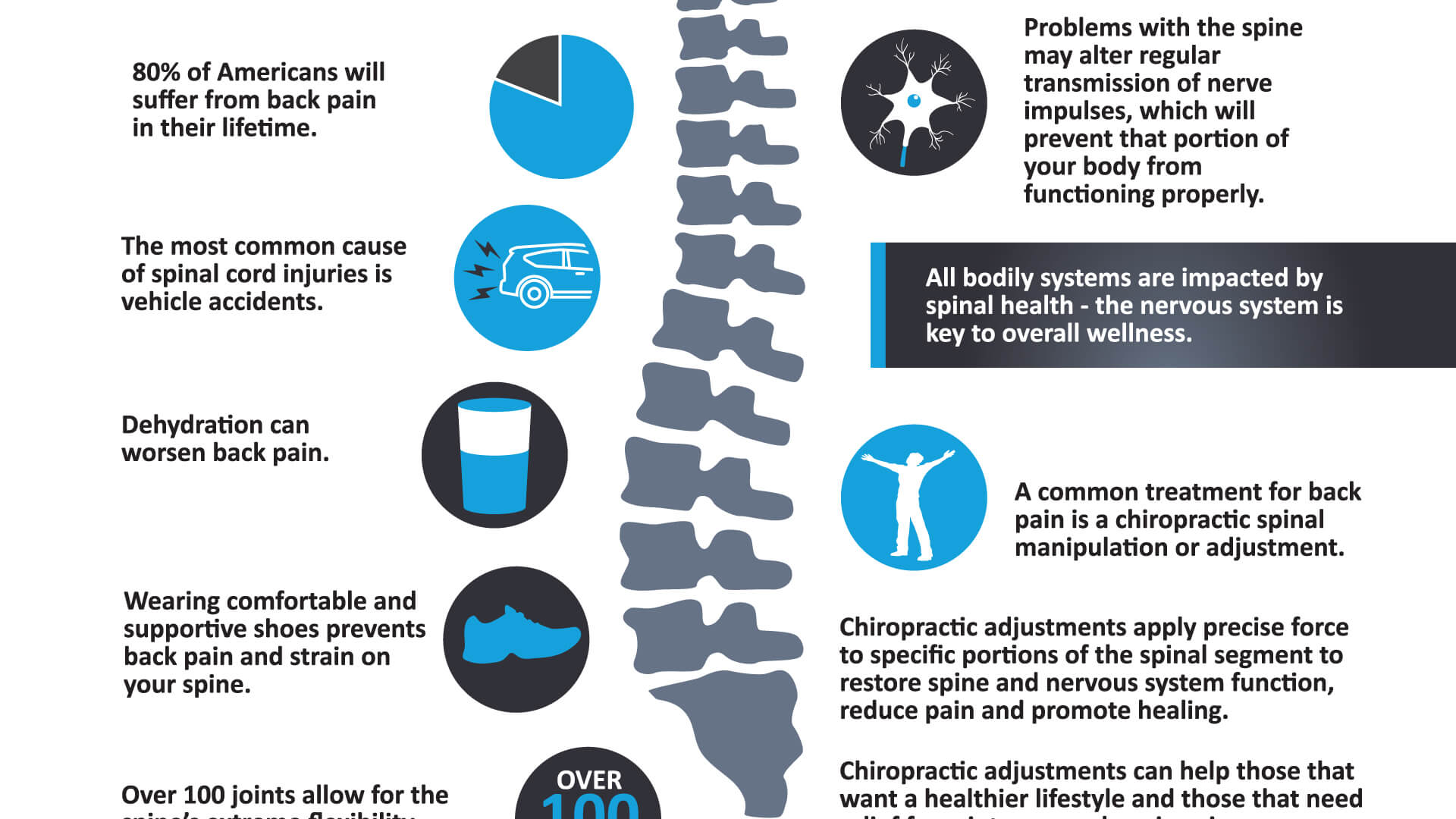Just When You Think Alleviation Is Near, Soft Tissue Therapy Discloses Its Unpleasant Truths-- Discover Why The Procedure Can Be Uncomfortable Yet Helpful
Just When You Think Alleviation Is Near, Soft Tissue Therapy Discloses Its Unpleasant Truths-- Discover Why The Procedure Can Be Uncomfortable Yet Helpful
Blog Article
Web Content Writer-May Crabtree
When you undergo soft Tissue therapy, you might find it remarkably awkward. This pain occurs as stress is put on strained muscular tissues and broken cells, triggering your discomfort receptors. While it can feel distressing in the minute, there's a reason behind this feeling. Comprehending what occurs in your body throughout these treatments can assist you value the procedure. So, what exactly is taking place underneath the surface area?
The Physiology of Pain During Soft Tissue Treatment
When you undertake soft Tissue therapy, your body's action to discomfort is an intricate interaction of physical procedures. As the therapist applies stress, your body activates discomfort receptors, sending out signals to your brain. This triggers the release of neurotransmitters, such as substance P and glutamate, which amplify the sensation of discomfort.
Your muscular tissues may likewise tense up in response, additional complicating the experience. In addition, your body might release endorphins, natural pain relievers that can help ease some pain.
The interaction between these processes can produce an unique experience for each and every individual. Understanding this physiological response assists you navigate the sensations during treatment, enabling you to appreciate the equilibrium in between pain and the capacity for recovery advantages.
The Function of Discomfort in the Healing Process
Although discomfort during soft Tissue therapy can feel overwhelming, it plays an important role in the recovery procedure. When you experience discomfort, your body is indicating that it's working to repair damaged cells. This reaction helps enhance blood flow to the affected area, delivering important nutrients and oxygen required for healing.
Furthermore, pain can promote the release of endorphins, your body's all-natural pain relievers, creating a feeling of relief post-treatment. Welcoming this pain can help you recognize your body's limitations and encourage you to attend to underlying problems.
While check this site out , this process is important for long-lasting healing and enhanced feature. Recognizing https://daltonzupid.blogsuperapp.com/33610554/soft-tissue-treatment-for-professional-athletes-boost-your-performance as a vital part of recovery can encourage you to remain devoted to your therapy.
Tips for Managing Discomfort Throughout and After Therapy
Handling pain during and after soft Tissue therapy can substantially improve your total experience and healing.
To start, connect honestly with your specialist regarding your discomfort degrees; they can readjust methods as necessary. Utilizing deep breathing methods can additionally help you kick back and minimize pain.
Take into consideration applying ice to the treated location post-session to reduce inflammation and numb discomfort. Staying hydrated aids in the recovery process, so drink plenty of water.
Gentle stretching and light movement after treatment can advertise blood flow and convenience rigidity. Finally, ensure you get sufficient remainder to permit your body to heal.
Executing these pointers can make your soft Tissue treatment much more workable and satisfying.
Conclusion
Finally, while soft Tissue treatment can be awkward, it's critical to identify that this pain plays a vital duty in your healing journey. By comprehending the physical responses at play, you can come close to the therapy with a much more positive state of mind. Bear in mind, the initial discomfort often paves the way to relief as your body releases endorphins. Accept the procedure, and don't hesitate to use the ideas for taking care of pain to improve your experience and recuperation.
